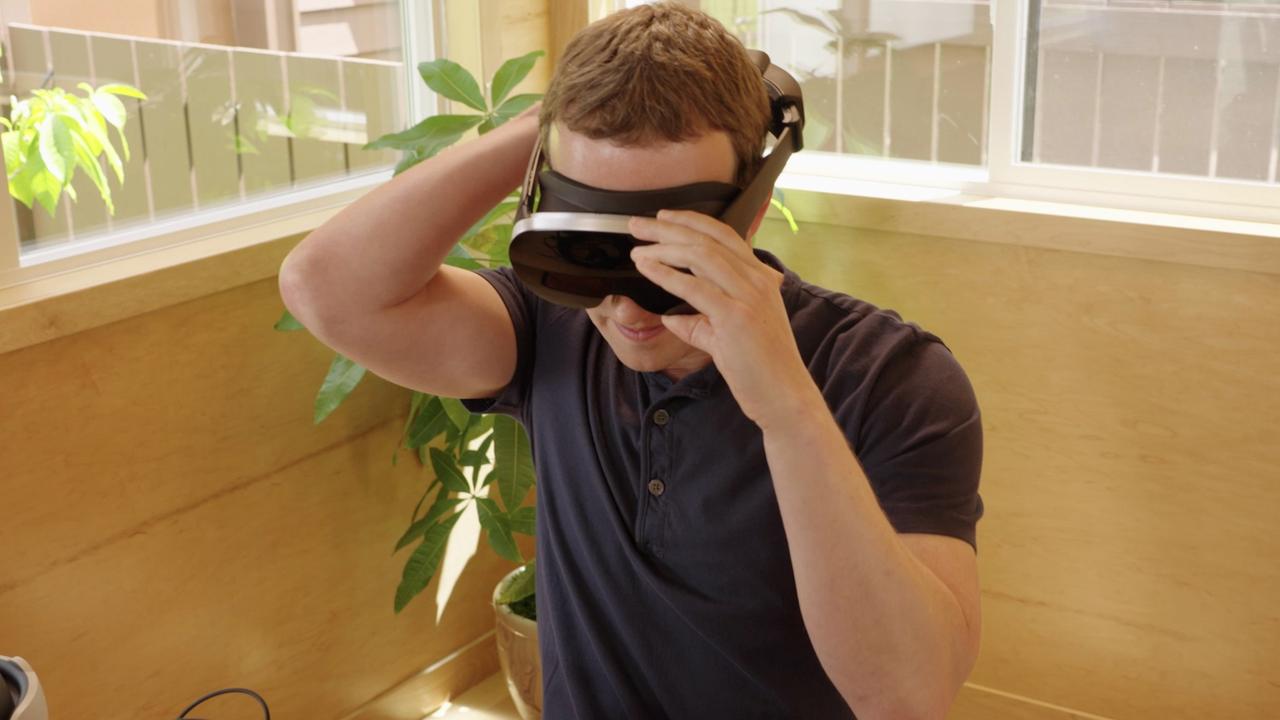The parent company of Facebook Meta is working on its own metaverse: a virtual world where people can work, play and relax. To immerse users in this, the company makes virtual reality glasses. With these glasses, they have to start looking at the virtual world the same way they look at the real world. But it will take years before the technology is ready, says Meta Director Mark Zuckerberg in an online presentation to NU.nl, among others.
By using virtual reality glasses, people are completely cut off from the outside world. A screen hangs in front of each eye, creating a three-dimensional image. By turning his head, the wearer sees a virtual world around him. With the help of controllers or by registering hands, it is possible to operate the virtual world.
Glasses have evolved significantly in recent years, but although headphones convey the feeling of being immersed in another world, the technical limitations are still visible. For example, the resolution of the screens is not high enough to be very sharp and the field of view of the VR glasses is lower than the reality.
“We still have a long way to go before we achieve visual realism,” Zuckerberg says. According to him, realistic images alone are not enough to make virtual reality successful, because the human brain links different visual cues together to develop a sense of presence.
Technological limitations stand in the way of realism
Human eyes quickly adapt to see clearly at different distances. VR headsets have screens that are hung at a fixed distance and don’t always know exactly what the wearer is looking at. This can seem unnatural at times, and even the smallest stutter in a photo can give people the feeling of seasickness.
“In addition, screens with a brightness of ten times the brightness of current HDTVs are needed to approach the brightness of the physical world,” Zuckerberg says. There are some technical issues that still need to be resolved. “And then they still have to put on small, comfortable-to-wear glasses.”
Meta has more or less solved some challenges in many prototypes of virtual reality glasses. But at the moment they are too bulky, too expensive or too fragile in the market. For example, there is the Starburst project, with which it is possible to achieve a brightness of 10,000 nits. In contrast, the current Oculus Quest 2 from Meta has a volume of 100 nits. But the prototype is so heavy that it must be carried with both hands.
Another prototype is the Butterscotch, which has a resolution of 2.5 times that of the Quest 2. This makes the picture sharper, but the device is still quite large and difficult to carry.
The Starburst VR headset prototype must be worn with both hands.

The Starburst VR headset prototype must be worn with both hands.
picture: dead
The future of Meta VR is a kind of ski goggles
In this way, Meta is working on different prototypes that try to solve the various obstacles of the current virtual reality separately from each other. In the end, the techniques should be combined in one pair of glasses.
Meta already has a concept of what it should look like. The company calls Project Mirror Lake. The device looks like ski goggles with a flatter design than current goggles. The glasses must use new technology to direct light into the eyes, allowing for a smaller housing. It will also get adjustable lenses to mimic how the human eye focuses at different distances.
For now, it remains the music of the future. “It will take another five to 10 years before the technology is ready for these types of glass,” Zuckerberg says. High-quality technology appears for the first time in expensive professional eyeglasses. So it’s a long-term project before ultimate VR goggles find a mass market, but Meta is taking a long time for its metaverse. A senior company executive said at the end of last year that it could take up to 15 years before the entire metaverse is built.







